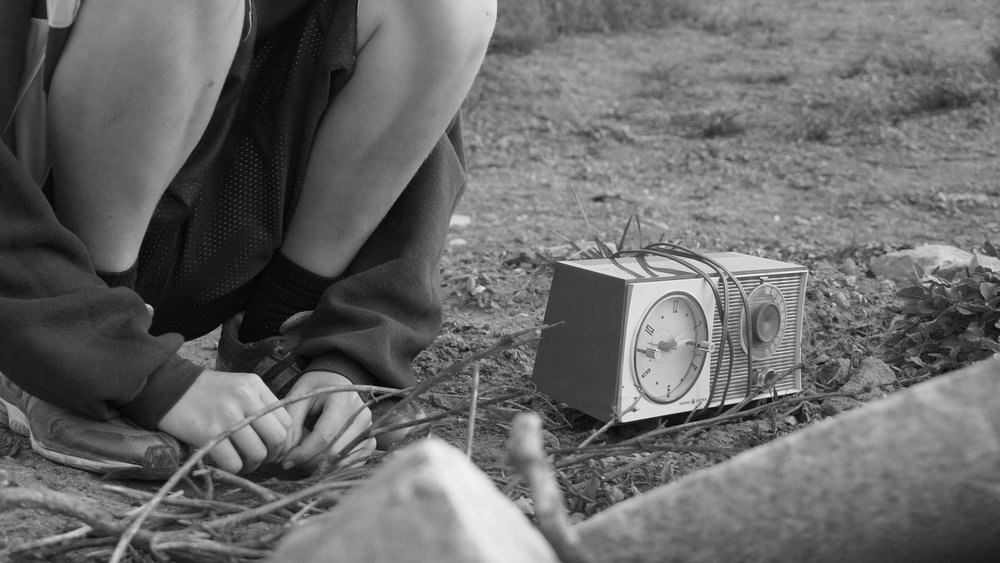Basic Sequence: The Process
Classical Hollywood editing or continuity
Gives the viewer the impression that the action unfolds with spatiotemporal consistency. In most films, logical coherence is achieved by cutting using the conventions of classical Hollywood or continuity editing which emphasizes smooth transition of time and space:
The most important thing to remember about classical Hollywood or continuity editing is that it is invisible. To make shots flow together unnoticed takes a lot of planning.
First you start with a screenplay:
Screenplays include characters, action, and scene headings. Everything on the page represents either something that can be seen or heard by the audience.
You don't want anything on the page that you can't represent on the screen like viewers thoughts, feelings, or memories. If you want to show what a character is thinking, you need a signifier that tells the audience that they are witnessing their interior life. Those thoughts also have to be represented either through images or with audio.
Scene headings are essential for film scheduling. If you know that you are shooting multiple scenes in say "Jenny's Kitchen" during the day you will take all of the scene headings that look like this: "INT KITCHEN DAY" and schedule all of those scenes together. Scene headings should include the location and either DAY, NIGHT, MORNING, and EVENING. You don't want to get too specific about the time of day (like "late evening" etc.). Those times don't last very long and are difficult for scheduling.
Putting all of these scenes together is called "Breaking down the script"
Watch the video below until 5:50
Storyboarding involves making a visual representation of what the script will look like onscreen. This helps you block out the script and decide all of the different shots you need to create the scene.
Blocking: a scene is simply “working out the details of an actor's moves in relation to the camera.” --New York Film Academy
Storyboarding is also essential to classical Hollywood or continuity editing because the visual representation allows you to plan how all of the cuts will work together. A storyboard can help you make cinematographic decisions that create invisible edits. For instance, you can plan to overlap viewer attention by cutting between shots where the viewer's eye is directed at the same point on the frame.


